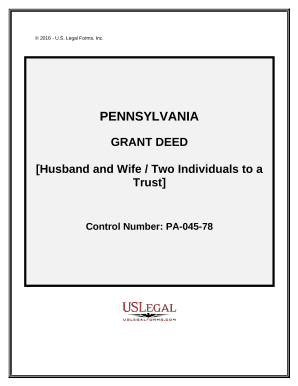


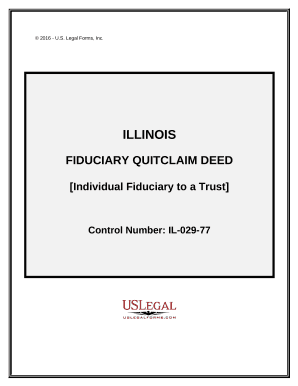


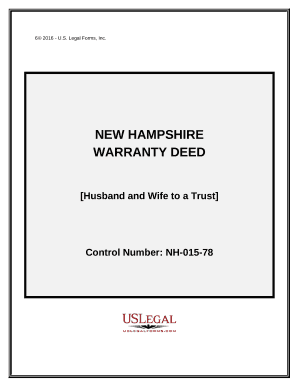

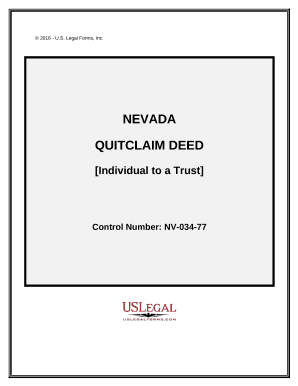

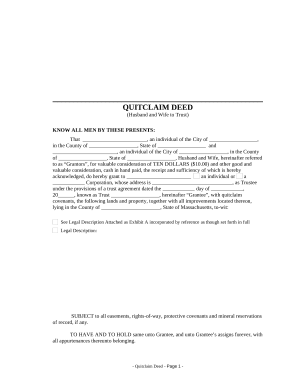
Document managing can overpower you when you can’t find all the forms you require. Fortunately, with DocHub's considerable form library, you can discover everything you need and swiftly manage it without changing between apps. Get our Property Transfer to Trust and begin utilizing them.
Using our Property Transfer to Trust using these easy steps:
Try out DocHub and browse our Property Transfer to Trust category easily. Get your free profile today!